When I was going to horticulture school we learned mostly practical plants, not many where exotic or unusual. This is perfectly locical as we were going to be the designers and sellers of materials for people who did not know what was best for their yards. As I learned the trees and shrubs I would travel up and down the streets and avenues in the area I lived looking for new specimens I was learning. One winter day I went out and was walking along a school edge and admiring the symmetry of the tree species which was planted along the property edge, all of a sudden I realized this was a row of Tulip Trees(Liriodendron tulipifera) which I found so appealing. I then had a new appreciation for the tree and why it was selected for us to learn about.

The typical shape of a Tulip tree (Liriodendron tulipifera) leave is seen here decked out in fabulous fall color.
The Liriodendron species is very old, in fact it dates back to the Cretaceous era. This era was 145.5 to 65 million years ago. At that time Liriodendrons grew in across the northern hemisphere. It is believed that the last ice age Liriodendrons retreated into to two area, eastern North America(L. tulipifera) and China(L. chinense) and developed into 2 distinct species that we know today. Liriodendron tulipifera now grows in eastern North America from Florida to southern Ontario and west into parts of Texas and Missouri and Iowa. It is in the Great Smoky Mountains along the Tennessee , North Carolina state borders were it grows its best.
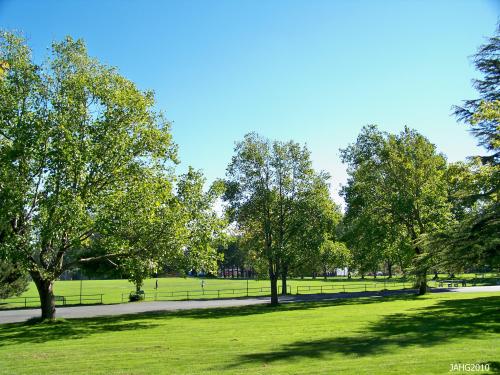
There are many Tulip Trees throughout Victoria, these trees are along the Heywood St. entrance in Beacon Hill Park.
The name Tulip tree is something of a puzzle, people wonder if it refers to the tulip- like leaves or the flowers. In botanical latin Liriodendron refers to ‘greek’ Leirion meaning a lily and ‘dendron’ meaning a tree. Liriodendron= a ‘lily tree’. Then we add tulipafera or’tulipa’ the latin name for the Tulip flower. Liriodendron(lily tree) + tulipifera(Tulip) = Tulip Lily flowered Tree. Although the leaves do look like tulips in their own way , it is the rarely seen flowers which are high up in the tree which are refered to. The flowers of this species are very primitive and are formed in a spiral of pistils and stamens in a conical receptacle. Surrounding the conical form are 9 narrow sepals which take the place of petals and on the inside of these is an orange stripe.
Tulip Trees are the largest broad-leaved trees in eastern North America and the wood they provide is a very good quality hardwood. Other common names they go by is Tulip or Yellow Poplar or even Yellow Wood. The wood quality is hard, finely grained and taking a high polish, this is why it is used for such things as furniture, veneers and paneling and toys. The first use of this wood was for dugout canoes made by the native people who found the huge trunk size useful for the purpose.
Liriodendron tulipifera can grow to about 42-50m(150-165ft) in an urban situation which makes their placement difficult in most small garden plots. Tulip trees are really best for large lawns or park-like settings. They are excellent trees for boulevards and other street tree settings. They have the added attraction of being fairly pest and disease free, I never see leaf damage on these trees around here. Another bonus is the beautiful golden and brass shades seen in the autumn as these trees shed their leaves in autumn.
Liriodendron tulipifera is an ancient tree but is easy to grow. It grows best in full sun or light shade in the hotter, drier parts of North America. It likes deep, rich, slightly acidic soil which does not dry out during hot spells in summer and fall. They have fleshy roots which are poorly branched and probably brittle therefore care must be taken when planting beneath them when they are young. These trees tolerate -25c(-20f) or zones 5 through 9.
Propagation of Liriodendron tulipifera is easily done by seed or grafting for the more attractive forms. There are at least 2 very attractive variegated forms. Other forms are fastigate or have more unusual growth habits.
Trailing Tulip Trees:
Some great pictures of the elusive flowers: http://ontariotrees.com/mondaygarden/article.php?id=0095
Always a good source of plant information: http://www.hort.uconn.edu/plants/l/lirtul/lirtul1.html
Wikis’ page on Tulip Trees: http://en.wikipedia.org/wiki/Liriodendron_tulipifera
Until we meet again here….
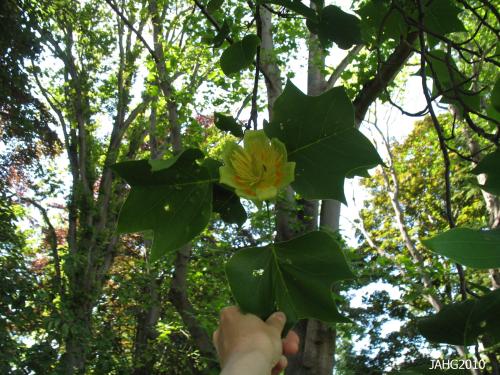
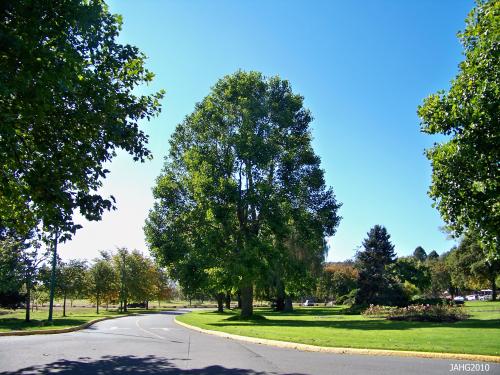
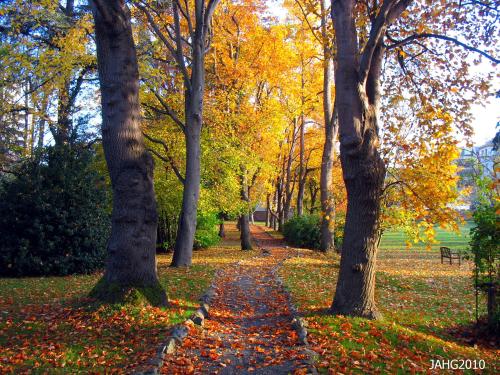
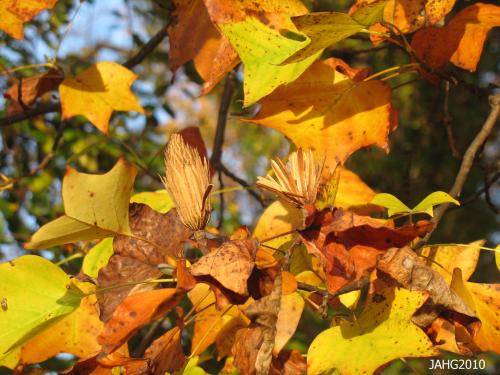
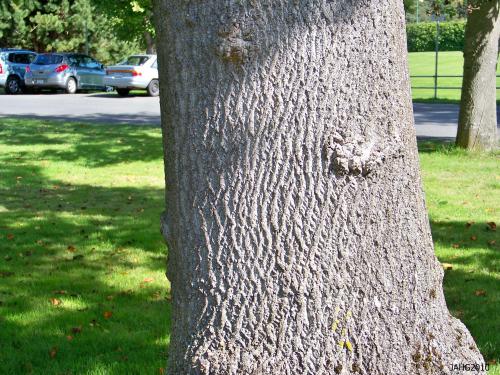






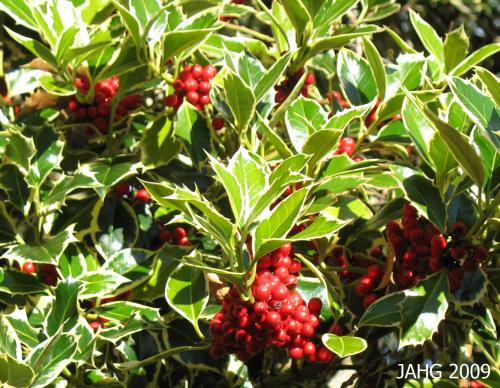













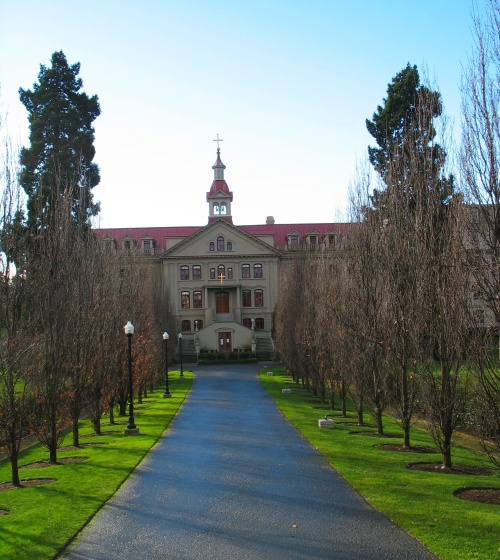



 Stumble It!
Stumble It!






